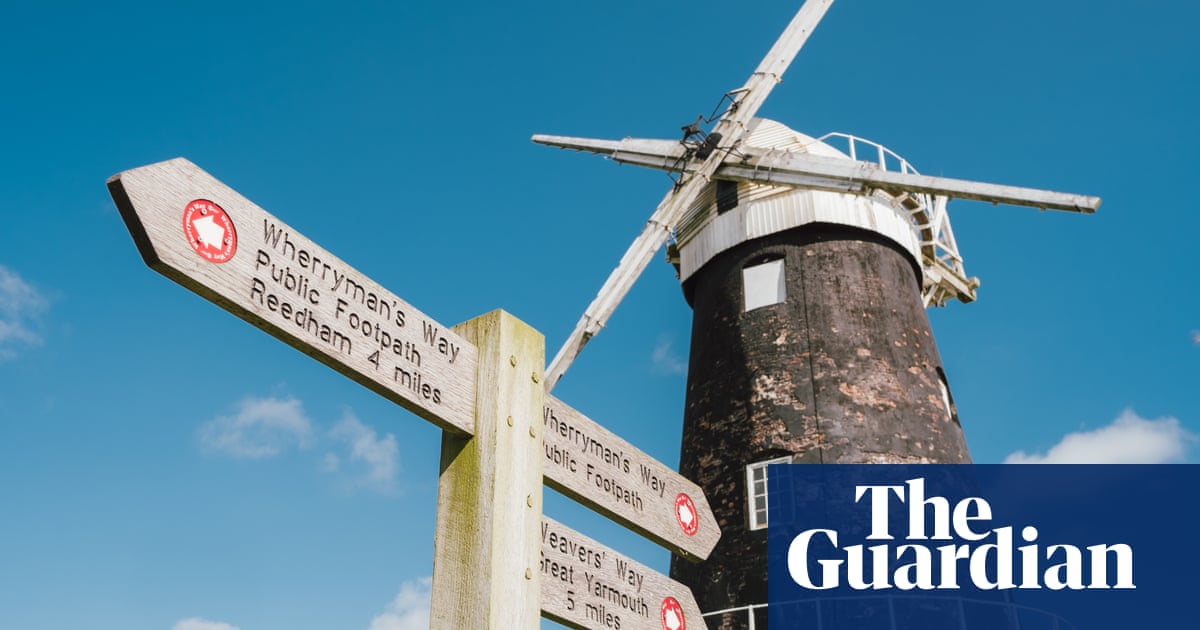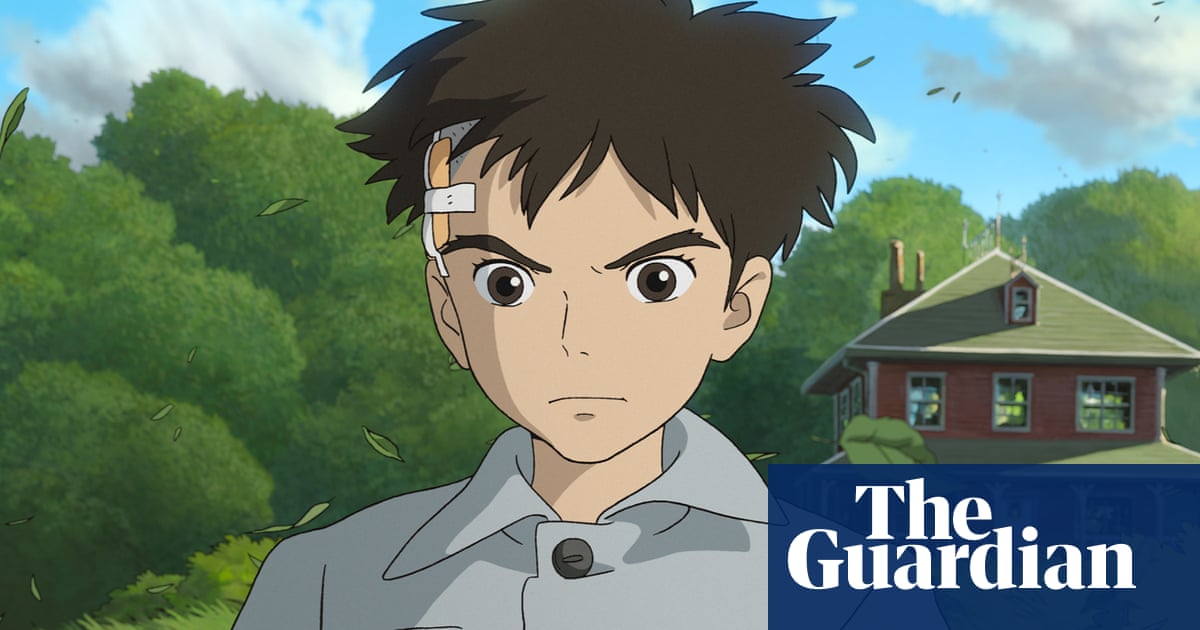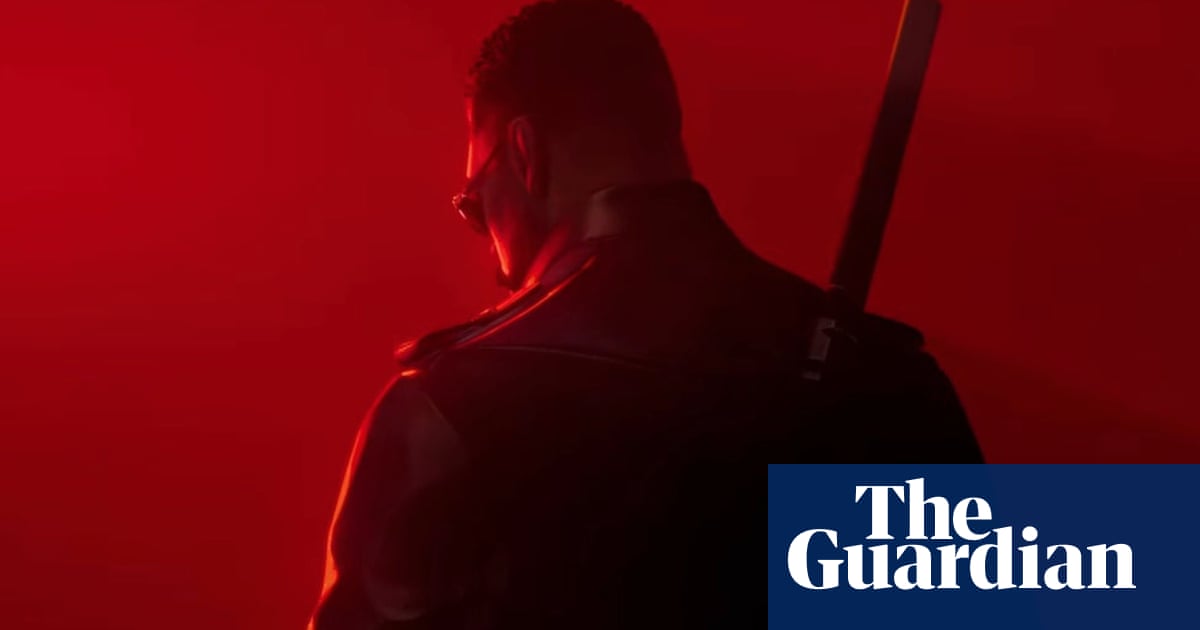
Two hundred and thirty one years after freedom of the press was enshrined as a fundamental right in the first amendment to the US constitution, a new HBO Original documentary, Endangered, puts a harrowing spotlight on the challenges facing news outlets and journalists in the era of “fake news” and misinformation.
The film chronicles a year in the life of four journalists as they go about their daily work in democratic countries where, not so long ago, press freedoms were taken for granted. The four include Oliver Laughland, the Guardian’s US southern bureau chief, who is tracked as he reports from Donald Trump rallies and is confronted by white supremacists.
The film also features veteran Miami Herald photographer Carl Juste, Mexican photojournalist Sáshenka Gutiérrez, and Patrícia Campos Mello, the Brazilian reporter who exposed the illegal use of WhatsApp to support Brazilian president Jair Bolsonaro in the 2018 elections.
At least 120 journalists have been murdered in Mexico since 2000. Gutiérrez, who works for the EFE news agency in Mexico City, tells the film-makers: “You’re at risk the moment you step outside your door.”
The film is the result of a collaboration between the Oscar-nominated directors Rachel Grady and Heidi Ewing and the Pulitzer prize-winning journalist Ronan Farrow, who served as executive producer. I asked them about the slippery slope that countries like the US, Mexico and Brazil are rapidly sliding down. How bad is it out there? And can the “fake news” genie unleashed by Trump be put back in the bottle? This conversation has been edited for length and clarity.
Why this film, and why now?
Ronan Farrow: If you’re doing confronting journalism of any kind, particularly investigative journalism, you’re encountering the kind of resistance you see on display in this film. You’re running headlong into people who won’t talk to you, because of anti-journalism, anti-free press sentiment stirred by fascist politicians. You are facing the kinds of smear campaigns you see the Brazilian journalist Patrícia Campos Mello face in the film, you may be facing personal and underhanded attacks of the kind that she sees. So, for me, I felt in this moment in time we had to do something to humanize this for people.
A lot of the conversation about journalism and the free press is ideas-based. What this film does is take a conversation that can be very abstract and put it into the realm of the human.
Is it a coincidence that much of the worst abuse experienced by the protagonists of Endangered is directed against women? Campos Mello is attacked by Bolsonaro, and Gutiérrez is similarly targeted by the Mexican president, Andrés Manuel López Obrador, who calls her photos revealing the Covid crisis “fake news”.
Heidi Ewing: We spoke to over 100 journalists in making the film and I have to tell you what happened to Patrícia and Sáshenka is chillingly common. Sexual harassment by heads of state or other powerful people, questioning female journalists over how they got their sources, belittling them for their appearance – that’s very common; it seems to be a playbook. I guess we shouldn’t be surprised: this sort of intimidation has always been used against women in journalism and other professions.
Bolsonaro uses sexualized insults to intimidate Campos Mello, insinuating that she obtained information for her stories exposing his corrupt actions by offering herself for sex. There are echoes here with the #MeToo movement and the way powerful men such as Harvey Weinstein used sexual intimidation to silence women. Is there a connection?
Farrow: It’s depressingly simple to answer the question. Part of the backdrop of what journalists have to navigate is systemic sexism. In an environment like the one documented in this film, where everything is used against journalists in wholesale attacks on the free press, gender is one of the first things to be weaponized. When women come under attack it turns misogynistic very, very quickly.
Q. We are having this conversation amid the search in the Amazon for the British journalist Dom Phillips, who wrote regularly for the Guardian, and Brazilian Indigenous expert Bruno Pereira. [On 15 June, the two men’s bodies were recovered deep in the rainforest and a suspect confessed to killing them, according to Brazilian police.] There can be few illustrations of the dangers facing journalists as visceral and tragic as that.
Farrow: This was a case of a journalist doing confronting work. It was dangerous work, in dangerous places. Important work. These are the kinds of personal stories that resonate in so many newsrooms where people risk everything, and that we wanted to put a spotlight on. When Heidi and Rachel and I first got together, there was an immediate meeting of minds about the risk to so many people in our profession.
Rachel Grady: As part of our filming we sat in on the daily meetings of the Committee to Protect Journalists every morning for a year. Journalists were getting killed all the time. It was really chilling to be part of this clearing house. You realise how lucky we are as journalists in America or in the UK that we aren’t getting gunned down in the street. But that’s also what the film shows – that this is a slippery slope. There’s a vigilance that needs to be kept, as there are plenty of people that want the press to shut up and go away in this country too.
One of the big themes of the film is the US sliding down that slippery slope into the kind of endangered media landscape normally associated with non-democratic countries. What is going on, and why?
Grady: From the beginning of the project, we were having discussions about how not to conflate what’s happening in the US with journalists being gunned down in the street in Mexico City. That said, the comparison unfortunately started to inch closer over the course of filming. The world caught fire in March 2020 at the start of the pandemic, which is when we started filming, and everything escalated very quickly in this country. Hundreds of journalists were hurt during the summer of 2020. A journalist got her eye gouged out at a protest when police opened fire on her. That culminated on January 6 when a journalist could easily have been killed – it was a miracle that didn’t happen – and a bunch were horribly beaten up. That would have been impossible to believe just a few years ago.
Farrow: We also wanted to make the case in the film that the threat of death is real for some reporters, but that journalists are also facing subtler risks all the time that can in turn impede our ability to get to the truth. They can be the kind of legal threats that Patrícia faces in Brazil; mob violence that we see several of the reporters in the film face. These are subtler obstacles that sometimes aren’t recognized, but they can be just as pernicious in keeping us from getting the truth about the democracies we live in.
You watched close up as Trump launched his attack on the “fake news” media. What were the consequences?
Ewing: President Trump let the genie out of the bottle with his anti-media rhetoric. In the US millions of people agreed with him, his words resonated, and they were repeated over and over again on Fox News and through the internet. That is one of the most alarming things: that so many people were switched on by this rhetoric very easily.
And it spread all around the world. The minute Trump started to tell journalists to shut up, berating and intimidating them because their reporting on Covid was super inconvenient to him, other leaders began parroting him. They mimicked his phrases, word for word, in their own languages. That was a great gift from Trump to autocratic politicians in Hungary, Poland, Brazil, Mexico – so many places. We could have made a huge montage of 20 other countries where political leaders copied him.
Endangered explores the human aspect of all this pressure on journalists, how it affects individual reporters and photographers personally. What struck you about your four subjects?
Grady: I was struck by a quiet sense of duty in all of them, a sense that I must continue to do this, that if I leave another one bites the dust for my entire profession. All of them, to me personally, did seem exhausted, slightly put upon. It is a burden, I did feel the burden of the profession, being in their homes, being with them in the morning and the night. And it weighs heavily on them at this moment. They’ve been able to manage their fears pretty well, but I did feel a sense of dread at times, especially as we were shooting during Covid.
Towards the end of the film, at the climax of the January 6 insurrection, the Guardian’s Oliver Laughland wonders whether the violence of that day marked the end of something or the start of something even more sinister. How would you answer his question?
Ewing: This is not going away anytime soon. I don’t think you can put the genie back in the bottle so easily. Intimidating journalists is a great weapon for countries where autocratic ideas are on the rise, including the US. One thing we are realizing as we show the movie to audiences is that many people had no idea things were so bad. They were shocked by the clips shown in the film of journalists maimed and hurt during protests. So I’m hoping that this becomes one of our demands: that when we talk about the need to protect democracy, we insert freedom of the press into that conversation. Because press freedom is not quite there on a public level, and until it is, until people are really up in arms about it, things are not going to get better for journalists.
Endangered debuts on HBO on 28 June and will be available to stream on HBO Max. It is an official selection of the 2022 Tribeca film festival.












